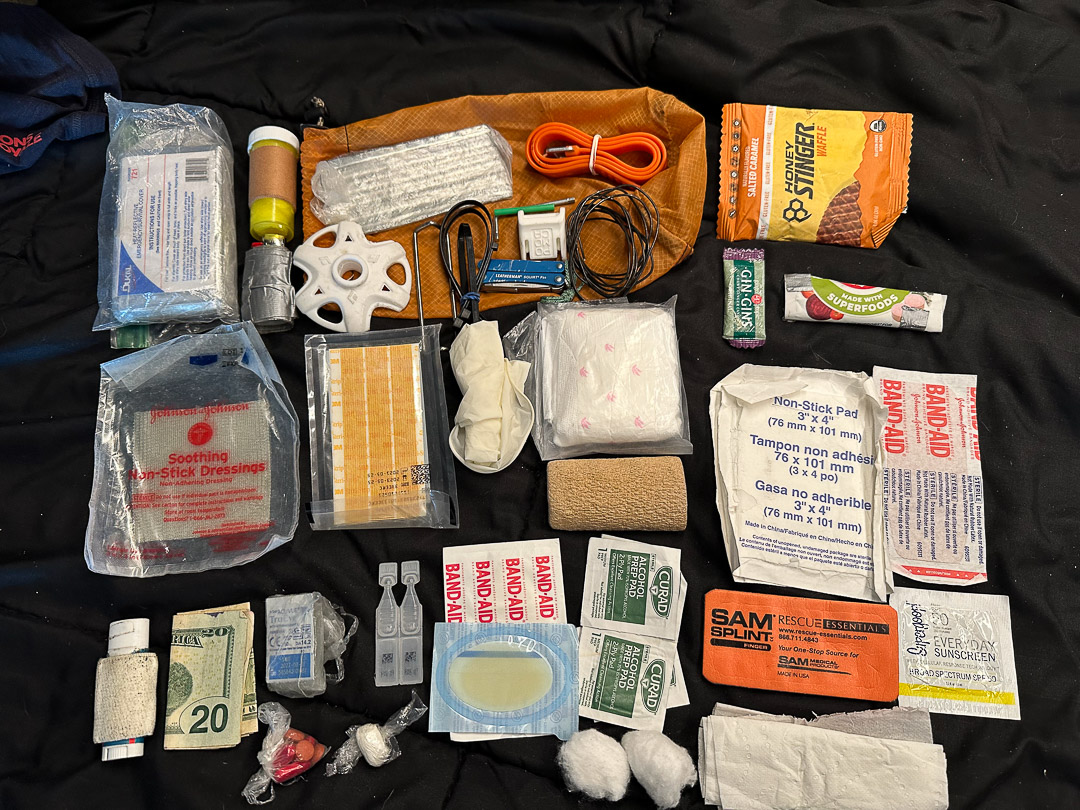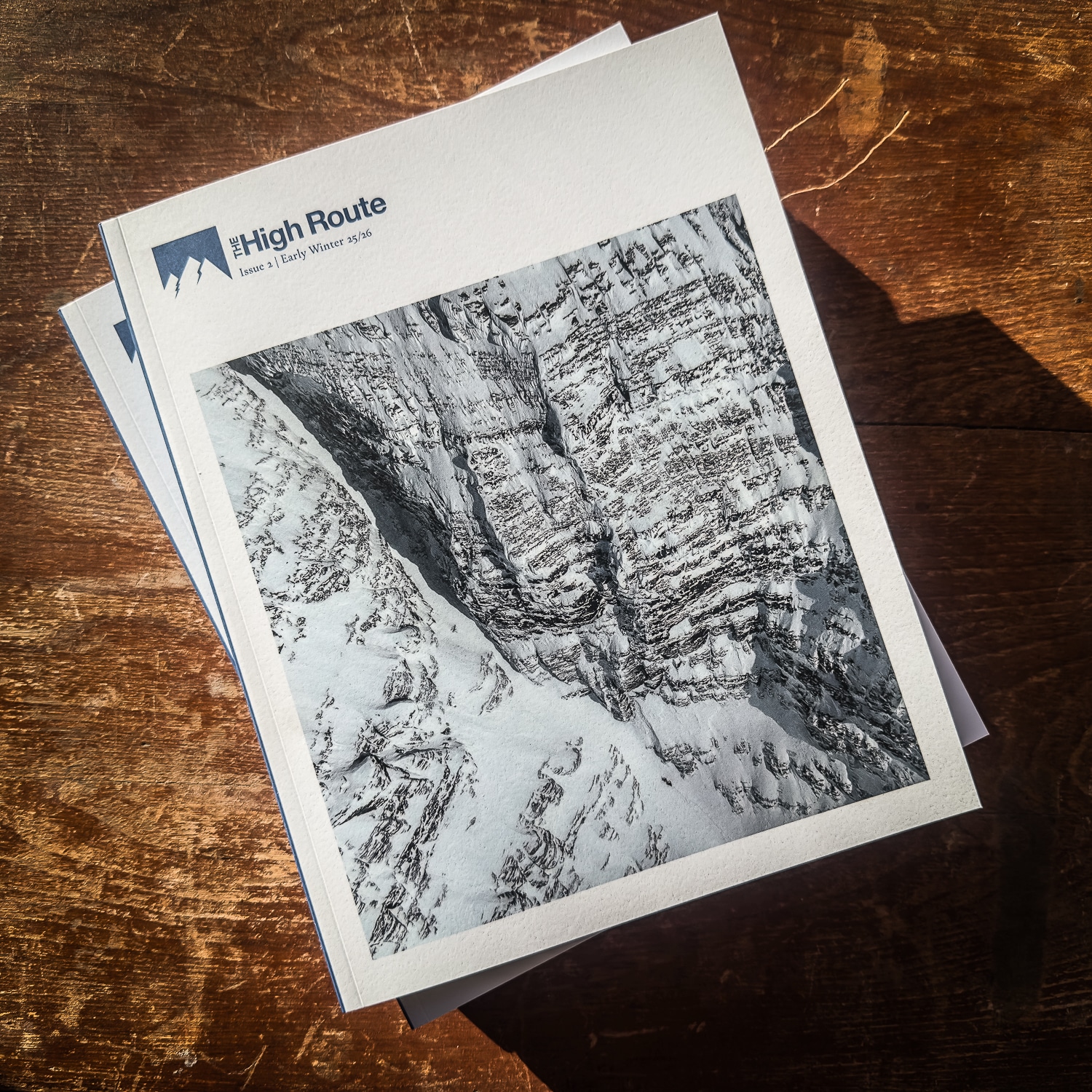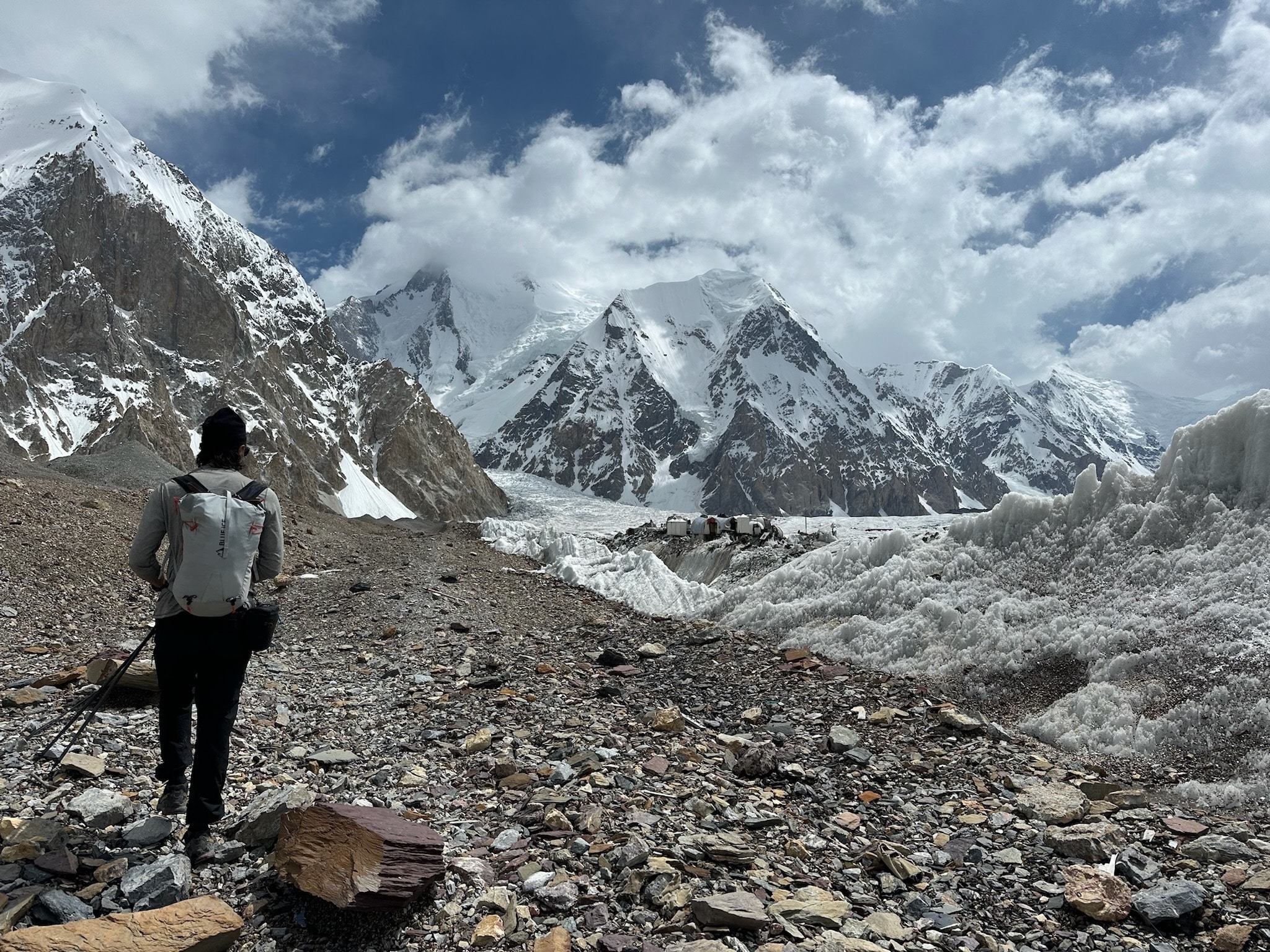As the backcountry season begins to open up in the Northern Hemisphere, thoughts turn to being prepared for emergency scenarios. This means first-aid kits and repair kits are robust enough to do the job, yet light enough to haul in the pack all day long. Here’s Teague Holmes’ take on the preparedness/efficiency equation.
Talking Ski First Aid Kits with Teague Holmes

Holmes' first-aid kit is populated with items that balances preparedness with weight efficiencies.





Leave a Reply
You must be logged in to post a comment.